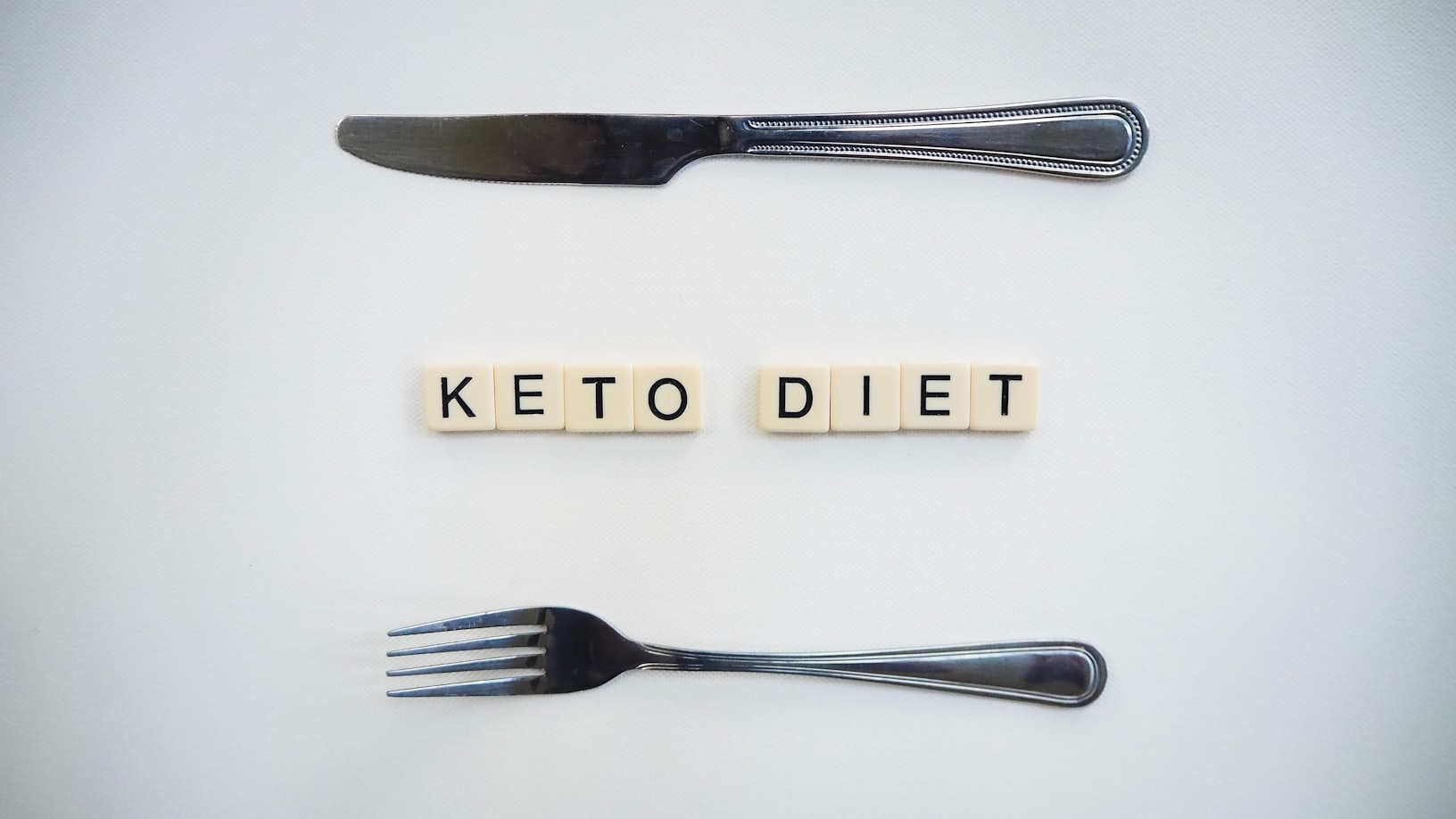What Color Should My Ketone Strip Be For Ketosis
Ketosis is a metabolic state in which your body starts using fat as its primary source of fuel instead of carbohydrates. This state is achieved through a low-carbohydrate, high-fat diet, commonly known as the ketogenic diet. One way to measure if you are in ketosis is by using ketone strips, which detect the presence of ketones in your urine. However, many people are unsure about what color their ketone strip should be to indicate ketosis. In this article, we will explore the different colors of ketone strips and what they mean for your ketogenic journey.
Understanding Ketone Strips
Ketone strips are small, plastic strips that you can dip into your urine to measure the level of ketones present. These strips contain a chemical called nitroprusside, which reacts with acetoacetate, one of the three ketone bodies produced during ketosis. The reaction causes a color change on the strip, indicating the concentration of ketones in your urine.
Interpreting Ketone Strip Colors
Ketone strips typically come with a color chart that corresponds to different levels of ketosis. The colors on the chart range from light pink to dark purple, with each color representing a specific concentration of ketones. Here is a breakdown of what each color means:
- Light Pink: This color indicates a low level of ketones in your urine. It may suggest that you are not yet in ketosis or that your body is just starting to adapt to using ketones as fuel.
- Moderate Pink: A moderate pink color suggests that you are in a mild state of ketosis. Your body is producing a moderate amount of ketones, indicating that you are on the right track.
- Dark Pink: A dark pink color signifies a higher level of ketones in your urine. This indicates that you are in a deeper state of ketosis and your body is efficiently using fat for fuel.
- Purple: The darkest color on the ketone strip chart, purple, indicates a very high concentration of ketones. This suggests that you are in a deep state of ketosis and your body is effectively burning fat for energy.
Factors Affecting Ketone Strip Colors
While ketone strips can provide a general indication of your ketone levels, it is important to note that the color can be influenced by various factors. These factors include:
- Hydration: If you are dehydrated, your urine will be more concentrated, potentially leading to darker ketone strip colors. It is essential to stay hydrated to ensure accurate results.
- Dietary Changes: Your ketone levels can fluctuate depending on your diet. If you consume more carbohydrates than usual, your body may produce fewer ketones, resulting in lighter strip colors.
- Exercise: Physical activity can affect your ketone levels. Intense exercise can temporarily decrease ketone production, leading to lighter strip colors.
- Medications: Certain medications, such as sodium-glucose cotransporter-2 (SGLT2) inhibitors used to treat diabetes, can interfere with ketone production and affect strip colors.
Frequently Asked Questions
1. Can I be in ketosis without showing high ketone strip colors?
Yes, it is possible to be in ketosis without displaying high ketone strip colors. Some individuals may have lower ketone levels but still experience the benefits of ketosis, such as increased energy and weight loss. Ketone strips are just one tool to measure ketosis, and individual responses may vary.
2. Should I aim for the darkest color on the ketone strip chart?
While achieving the darkest color on the ketone strip chart may indicate a deep state of ketosis, it is not necessary for everyone. The level of ketosis required for optimal results varies among individuals. It is more important to focus on overall adherence to the ketogenic diet and how you feel rather than solely relying on strip colors.
3. Can ketone strips be used to measure nutritional ketosis?
Ketone strips are primarily designed to detect the presence of ketones in your urine, which may not always correlate with nutritional ketosis. Nutritional ketosis refers to the state where your body is efficiently using ketones as fuel. Blood ketone meters are considered more accurate for measuring nutritional ketosis.
4. How often should I use ketone strips?
The frequency of using ketone strips depends on your personal goals and preferences. Some individuals may choose to use them daily, especially when starting the ketogenic diet, to track their progress. Others may use them periodically to ensure they are still in ketosis. Ultimately, it is up to you to decide how often you want to monitor your ketone levels.
5. Are there any limitations to using ketone strips?
While ketone strips can provide valuable insights, it is important to note their limitations. They only measure the presence of acetoacetate, one of the ketone bodies, and not the other two ketones, beta-hydroxybutyrate and acetone. Additionally, individual responses to the ketogenic diet can vary, and some people may not produce high levels of ketones even when in ketosis.
6. Can ketone strips be used for weight loss purposes?
Ketone strips are not specifically designed for weight loss purposes. They are primarily used to measure the presence of ketones in your urine, indicating whether you are in a state of ketosis. While weight loss can be a potential benefit of ketosis, it is important to focus on overall dietary adherence and a balanced lifestyle for sustainable weight loss.
Summary
Ketone strips can be a useful tool for individuals following a ketogenic diet to measure their ketone levels and determine if they are in a state of ketosis. The color of the ketone strip can provide an indication of the concentration of ketones in your urine, with darker colors suggesting a deeper state of ketosis. However, it is important to consider various factors that can influence strip colors, such as hydration, dietary changes, exercise, and medications. Additionally, it is crucial to remember that ketone strips are just one method of measuring ketosis, and individual responses may vary. Ultimately, focusing on overall adherence to the ketogenic diet and how you feel is key to achieving your health and wellness goals.






